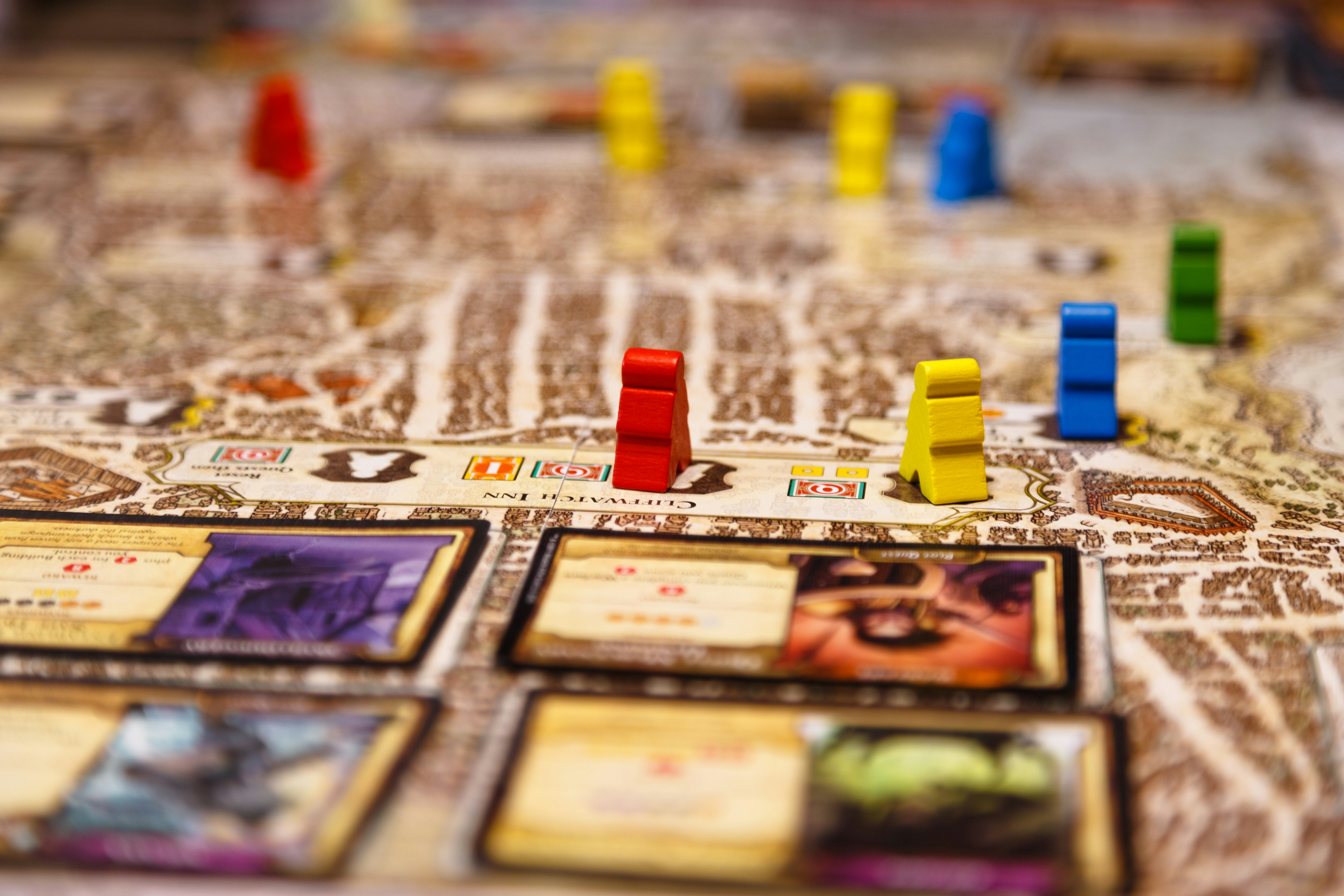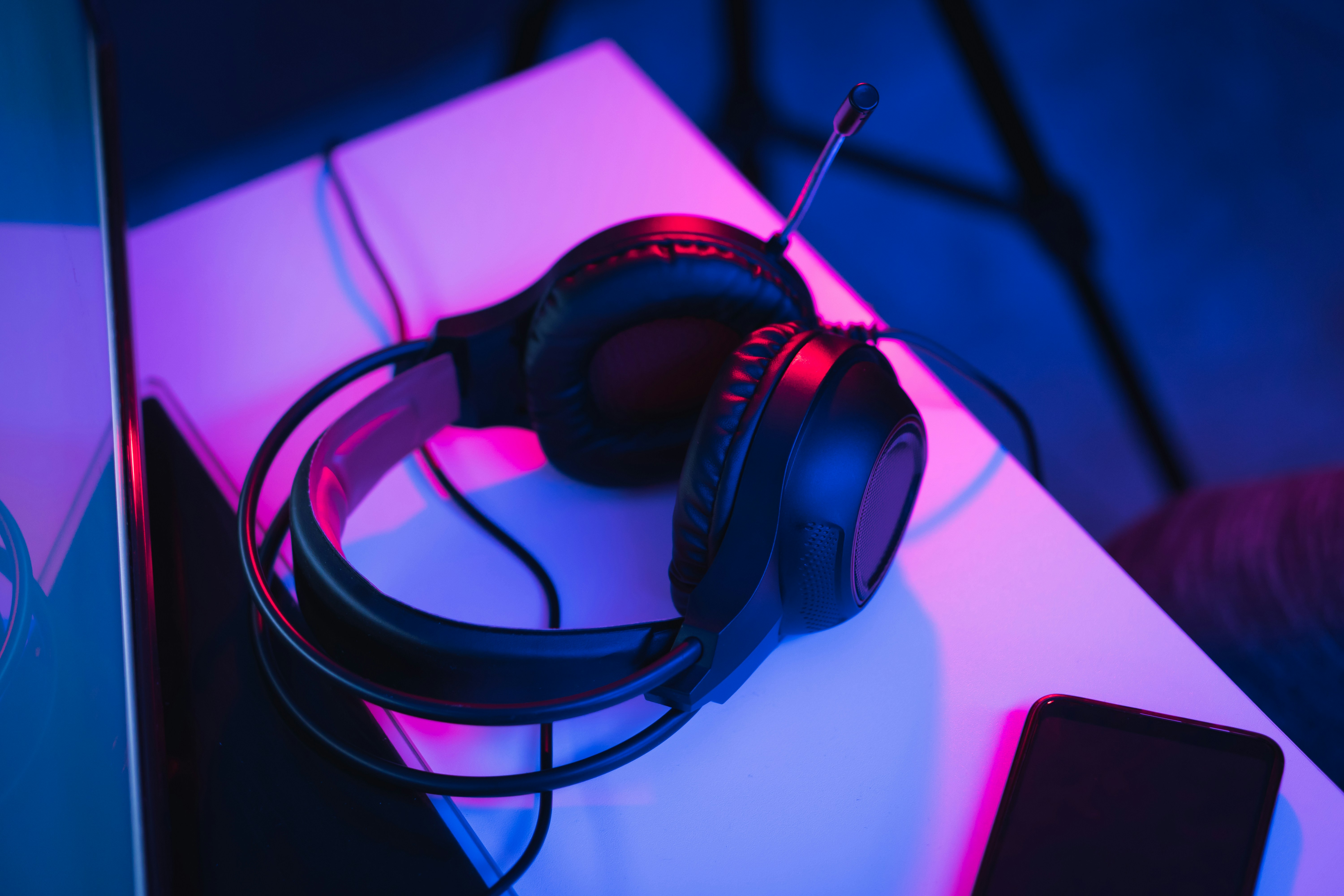The Psychedelic Art in Indie Games: Emotion, Color, and Experience
Psychedelic art has made a significant impact on many facets of culture, but its influence in indie video game development is particularly fascinating. By harnessing vibrant colors, unconventional shapes, and a touch of surrealism, developers are immersing players in experiences that go beyond mere entertainment; they evoke profound emotions that shape how narratives are perceived. In this deep dive, we explore the unseen influence of psychedelic art styles in gaming, illustrating how color and composition can create powerful emotional arcs for players and setting the stage for a new frontier in game design.
What is Psychedelic Art?

Psychedelic art, characterized by vivid colors, intricate patterns, and dreamlike imagery, originated in the 1960s as a visual counterpart to the psychedelic music scene. While its roots lie in countercultural movements, the aesthetics have evolved to play a complex role in various modern mediums, including gaming. Indie game developers have adopted this style, leaning into the attractiveness and emotional resonance of visual art to enhance gameplay and storytelling.
Indie games often thrive on delivering unique experiences, and the adoption of psychedelic elements can set these titles apart in an industry flooded with formulaic designs. But it’s not merely about pretty visuals; developers use this art form to evoke feelings, guide player emotions, and even address deeper themes.
Emotional Connection Through Color

Color theory is a well-established practice in art and design, and it plays a pivotal role in gaming too. Particular colors can evoke a wide range of emotions, from happiness to serenity or even anxiety and despair. Indie developers are increasingly using this knowledge to inform their aesthetic choices.
The Psychology of Color

When players engage with a game, their emotional responses can often be influenced by its color palette. For instance, warm colors—like reds, oranges, and yellows—often create a sense of excitement or urgency, whereas cooler colors—such as blues and greens—might instill calmness and contemplation. By using a variety of color schemes, indie developers can subtly influence how players interpret in-game events or interact with characters.
Developers like Amanita Design, known for “Machinarium,” expertly utilize color to shape player experiences and narratives. Their distinctive use of colors complements the surrealist design choices, making the emotional weight of the narrative all the more impactful.
Saturation and Brightness

Beyond mere color choice, the saturation and brightness can drastically alter perception. High saturation can create a vibrant, exciting atmosphere, while low saturation denotes bleakness or despair. Games like “Journey,” with its predominantly warm, saturated palette, evoke feelings of wonder and nostalgia, even leading to emotional resonance in its ending. Colors spark not only visual engagement but emotional conversations within the gameplay.
Composition: The Invisible Hand Leading Player Emotion

While color significantly impacts emotional response, the composition of these colors and shapes composes the overall experience. Composition involves more than organizing visual elements; it is crucial for guiding player attention and creating a narrative pathway.
Line and Shape

Lines and shapes provide the framework for the design, drawing players’ eyes to essential elements in the game. For example, sharp, jagged shapes often indicate danger or conflict, while soft curves imply safety or openness. Developers often manipulate composition to create tension or relaxation, a technique brilliantly displayed in the indie hit “Limbo.” As players navigate a dark and foreboding world composed of stark contrasts, the shapes and lines work to elicit tension and apprehension.
Depth and Perspective

Depth perception is another essential aspect of composition that influences emotional engagement. In psychedelic games, elements appear to pop off the screen, creating an immersive experience. Games like “Antichamber” introduce perspectives and define spaces in ways that immerse the player in a labyrinth of visuals that challenge physical and emotional comprehension. By distorting space, developers can provoke a sense of unease or disorientation.
Narrative and Symbolism in Psychedelic Design

Psychedelic art is more than a stylistic flair—it tells stories woven into the very fabric of gameplay. This art form often draws upon symbology, which can evoke deeper meanings and encourage players to reflect on the underlying themes.
Integrating Symbolism
The use of symbols in gaming often provides emotional depth and encourages players to explore narratives. For instance, the surreal visuals in “Gris” are filled with symbols representing grief and recovery. Each level presents unique visual motifs that align with emotional beats, and the gameplay mechanics echo these emotional transformations. The former ideology reflects how graphics work together with gameplay to create an immersive experience.
Engaging with Themes
Indie games often delve into themes that may feel heavy, such as mental health, loss, or existential fears. Through psychedelic art, developers present these complex narratives in a more approachable way. Instead of inundating players with storylines about grief or anxiety, vibrant colors and imaginative visuals can transport players through these difficult topics.
The game “Celeste” is a perfect example: it artfully explores topics like anxiety and depression through a pixel-art style that contains psychedelic influences. The character’s journey upward reflects more than just a physical climb; it’s a representation of battling inner demons and overcoming personal obstacles. By engaging players emotionally with visuals and themes, the narrative remains potent and relatable.
Successful Indie Games Using Psychedelic Art Styles
Several indie titles illustrate the successful application of psychedelic art styles. Below, we examine a few standout titles that illustrate the interplay of aesthetics and player experience.
1. “Gris”
In “Gris,” players navigate a beautiful, watercolor-inspired world filled with surreal environments. The game's palette transitions with the narrative, each color representing different emotional states reflecting the protagonist's journey through grief. This game exemplifies how psychedelic art styles can merge gameplay and emotional storytelling.
2. “Journey”
“Journey” is both a visual masterpiece and an emotional experience. The game utilizes a spectacular color scheme enhanced by vast landscapes to evoke feelings of exploration and wonder. As players traverse a gorgeous desert, the psychedelic color choices create an immersive sense of discovery, making the emotional high of completion that much more profound.
3. “Hyper Light Drifter”
“Hyper Light Drifter” embraces vivid colors and sharp contrasts to create a sense of urgency and excitement. Its pixel-drawn aesthetics, combined with dynamic combat mechanics, convey a fluid movement reflective of its colorful chaos. This unique blend invites players into an immersive yet challenging experience, demonstrating how composition is critical in crafting player emotion.
Emerging Trends in Psychedelic Game Art
As the gaming industry continues to evolve, we see emerging trends pushing the boundaries of psychedelic art in gaming. As indie developers innovate and experiment with existing frameworks, these trends reflect changing gamer demographics and desires.
Blending Genres
One emerging trend is the blending of genres with psychedelic art styles to create unique player experiences. For example, the merging of RPG mechanics within a psychedelic aesthetic offers gamers both depth in storytelling and visually striking engagement, in titles such as “Hollow Knight.” Developers are breaking conventional genre molds and reinterpreting gameplay through vibrant, emotional design.
VR and Immersive Experiences
Virtual reality (VR) is redefining how players experience color and composition. With an ability to envelop players in a fully immersive environment, indie developers are beginning to embrace psychedelic art to maximize this technology. Imagine walking through a dreamlike landscape filled with swirling, colorful designs—VR can engage multiple senses beyond mere sight.
Sound Design Inspired by Psychedelia
Furthermore, sound plays an integral role in evoking emotions within gaming experiences. Indie developers are increasingly creating soundscapes that harmonize with psychedelic visuals, enhancing atmospheric effects. Combining these two experiences can elevate player emotions to new heights, offering a singular journey of discovery and engagement.
Final Thoughts: The Future of Psychedelic Aesthetics in Indie Gaming
As we continue to explore the intriguing relationship between psychedelic art styles, color, and composition in indie gaming, it becomes clear that their influence can shape how players experience narratives on a deeper level. By harnessing emotion through deliberate artistic choices, developers are pioneering a new frontier in game design.
If you are a player seeking games with profound emotional narratives, or a developer aspiring to include psychedelic elements into your designs, understanding the dynamics at play can enhance your approach. Embrace color, explore composition, and allow your creativity to shape genuine experiences that resonate beyond the screen.
For further reading, check out related insights on environmental narratives in gaming, such as this article, or delve into the intersection of technology and gameplay with this exploration.



